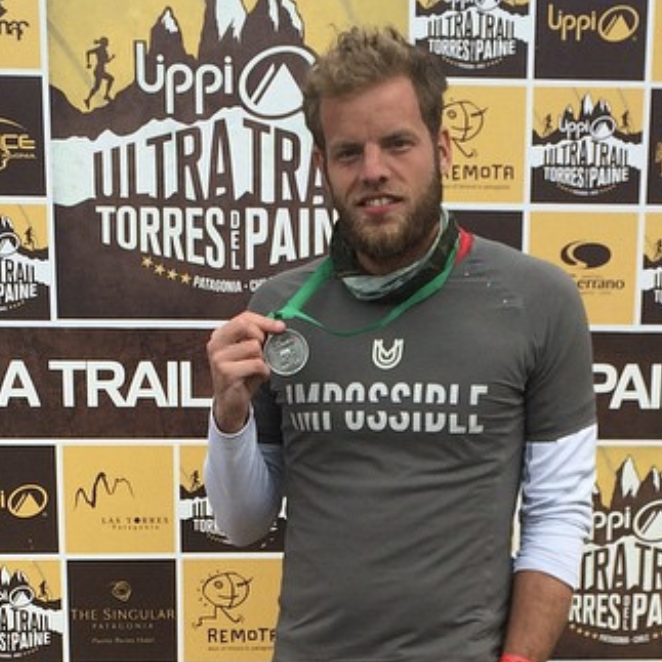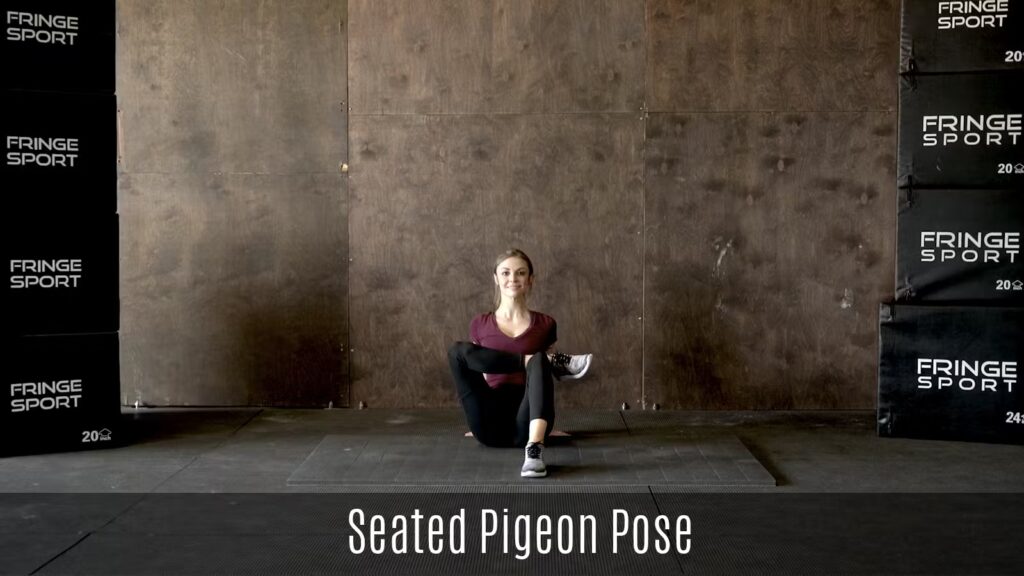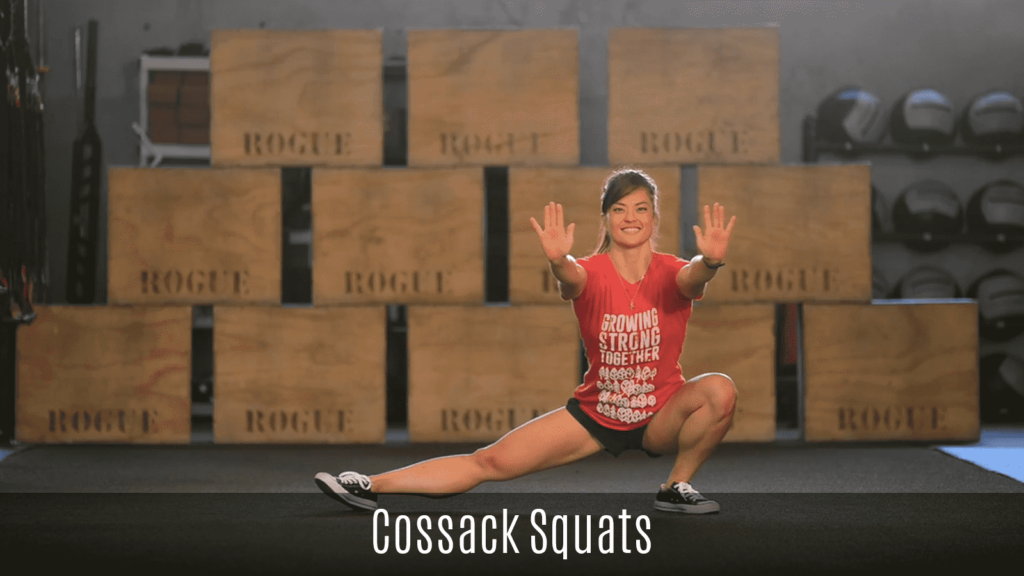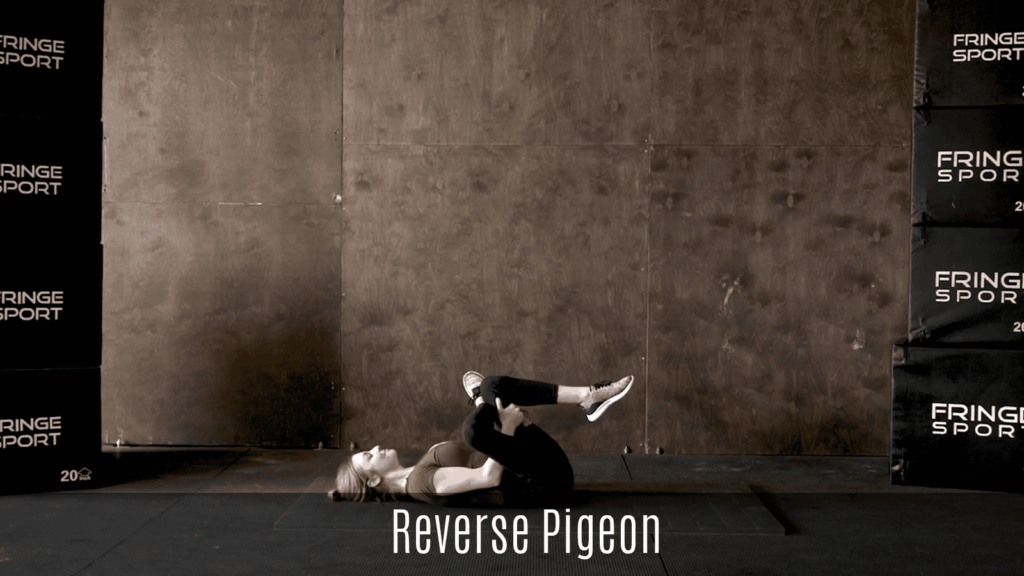The foam roller is a classic mobility tool that is owned by gym rats all over the world. A cylindrical piece of firm foam, it is used on part of the body as a type of self-myofascial release – commonly abbreviated as SMR. In layman’s terms, this basically means that it is a tool that can be used to give yourself a massage. Typically, people use a foam roller on muscles in their body that experience soreness or tightness. It helps provide relief to those areas.
As much as I would love to get weekly massages, sometimes that is just not available in my schedule or my budget. This is why I love the foam roller. Even the more expensive foam rollers are still cheaper than multiple massages, and they can last you for years and years. If you are looking into investing in a foam roller, I highly recommend you check out our Equipment section on our site to see which brands we think are best.
When it comes to your lower body muscles, it is common to see people in the gym using the foam roller on their quad muscles, hamstrings, calves, and glute muscles. But many people might not think too much about rolling out their abductors. They are not the biggest muscles in your legs, but their function is important and they should be tended to like the rest.
If you are ready to start foam rolling, keep reading this article. We talk more in depth about the practice of foam rolling. We also walk you through how to safely and effectively roll out your abductor muscles.
What is Self-Myofascial Release?
Like I briefly mentioned above, self-myofascial release is soft muscle tissue therapy that you are able to perform on your own body; it is like having your own personal masseuse within the comfort of your own home. Most often, a foam rolling session does not have to take longer than ten or fifteen minutes.
A foam roller allows you to apply pressure on certain spots on your body. Oftentimes, these places are called trigger points and they are particularly bothersome areas. By applying steady pressure to the trigger point, it can help release tension on the muscle and provide relief from tightness and soreness. This helps the muscle function as it should.
Regular active mobility work has been shown to:
- increase blood flow to the muscles
- lengthen and elongate muscles
- increases flexibility and proper muscle function
- repair tight and fatigued muscles
- improves joint range of motion
- relieve joint stress
With that being said, it is important to note that foam rolling, or other SMR techniques, will not “break up” these tight knots in the muscles or change the actual structure of the tissue. It does help change our perception of the pain, though, and that is why many of us feel relief after foam rolling.
How to Foam Roll
First, let’s cover how to properly foam roll. If you have never tried foam rolling before, we suggest taking this practice slow, especially if you have really tight muscles. Depending on the type of foam roller you use, it can be a quite intense feeling.
To start, bring your desired area of your body down onto the foam roller gently. Avoid dumping all of your body weight onto the roller as this could be painful. Try to support yourself by keeping some of your weight in your hands or legs braced against the floor.
Using the foam roller, roll slowly over the length of the muscle. If you have any particularly tight or “sticky” spots, keep the foam roller on that spot and hang out for an extended period of time. You can make subtle movements on top of the tight muscle, but stay there as you breathe deeply. It is generally recommended that you stay on trigger points for at least 30 seconds each.
How to do the Abductor Smash
Now that you know how to properly use a foam roller, let’s discuss how to perform the abductor smash. The hip abductor muscles include the gluteus medius, gluteus minimus, and tensor fasciae latae (TFL). These muscles can be found on the front of the hip and running down the inside of the thigh. If you feel tightness in these areas, using the abductor smash could be beneficial for you.
Find some free space and your foam roller. Come onto the floor on your stomach. Position the foam roller underneath your right leg on the inner part of your thigh. Keep some of your body weight on your left leg and in your forearms on the floor. Slowly roll up and down the length of your inner thigh. If you feel any particularly tight spots, stop rolling and apply direct pressure to that trigger point.
Breathe deeply as you foam roll for your desired amount of time. Once completed on the right side, switch the foam roller over to your left leg. Complete on the left side as well.
On the ground, use the foam roller on the inner, lower part of your thigh. Roll it back and forth for the duration of the time.



